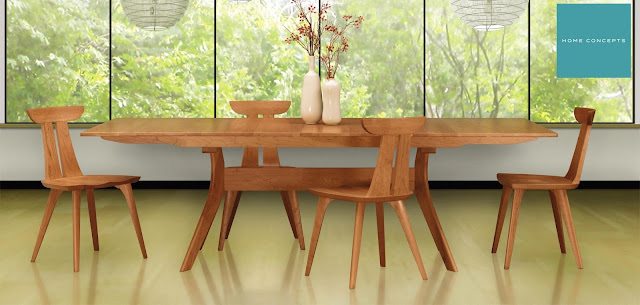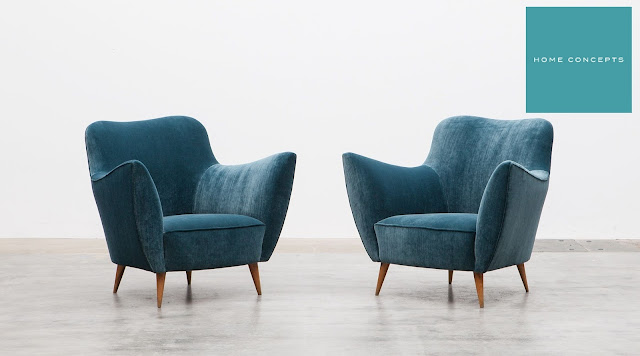Choosing the Perfect Wood: A Guide to the Best Options for Dining Tables
When it comes to selecting the perfect wood for your dining table, there are several key factors to consider. The type of wood you choose not only impacts the aesthetic appeal of your dining space but also contributes to the table's durability and longevity.
In this comprehensive guide, we'll explore the importance of choosing the right hardwood for your dining table, highlighting the impact of wood choice on aesthetics and durability. Additionally, we'll introduce essential keywords related to hardwood dining table to help you navigate the selection process with confidence.
Understanding Hardwood vs. Softwood
Before delving into specific hardwood options, it's crucial to understand the distinction between hardwood and softwood. Hardwood, derived from deciduous trees, is known for its density, durability, and versatility. In contrast, softwood, obtained from coniferous trees, tends to be less dense and may have varying degrees of durability. Regarding dining tables, hardwood's advantages, in terms of strength and resilience, make it the preferred choice for creating long-lasting furniture pieces.
Popular Hardwood Options for Custom Dining Tables
A. Oak
Oak, a popular choice for custom dining tables, boasts distinctive grain patterns and exceptional durability. Its versatility allows for the creation of various styles of dining tables, making it a timeless option for both traditional and contemporary settings.
B. Walnut
Renowned for its rich colour variations and elegant appearance, walnut is highly sought after for creating unique and visually striking custom dining tables. Its natural beauty adds a touch of sophistication to any dining space.
C. Cherry
Cherry wood, with its warm tones and unique aging process, develops a rich patina over time, making it an ideal choice for hardwood dining tables. Its ability to evolve and gain character with age sets it apart as a standout option for those seeking a table with enduring charm.
Round Wood Dining Tables: Choosing the Right Hardwood
A. Benefits of Round Wood Dining Tables
Round-shaped dining tables offer versatile seating arrangements, promote better conversation, and create a welcoming ambience in various settings, making them an appealing choice for many homeowners.
B. Suitable Hardwoods for Round Dining Tables
Hardwood options such as maple, cherry, and mahogany are well-suited for crafting round wood dining tables. Their unique characteristics, including grain patterns and natural hues, enhance the appeal of round dining tables, making them both visually stunning and functional.
Factors to Consider When Selecting Hardwood for Dining Tables
A. Durability and Maintenance
Selecting a durable hardwood species that requires minimal maintenance is essential for ensuring the longevity of your dining table. Consider factors such as resistance to scratches, heat, and moisture when making your choice.
B. Aesthetics and Style
Different wood species complement specific interior design styles, so it's important to weigh the aesthetic impact of your hardwood choice in relation to your dining space's overall style and ambience.
C. Best Wood for Dining Table Top: Practical Considerations
Practical considerations, such as the wood's resistance to scratches, heat, and moisture, play a crucial role in determining the best wood for your dining table top. Evaluate these factors to ensure that your chosen wood can withstand the demands of daily use.
Tips for Maintaining Hardwood Dining Tables
A. Proper Cleaning Techniques
To preserve the beauty of your hardwood dining table, it's essential to use proper cleaning techniques that effectively remove dirt and grime without compromising the wood's finish.
B. Preservation Methods
Implementing preservation methods can help protect your hardwood dining table from wear and tear over time. Consider using protective coatings or treatments to maintain its original lustre and durability.
Choosing a Timber Floor to Complement Your Hardwood Dining Table
A. Coordinating Wood Species
Selecting timber flooring that harmonises with your hardwood dining table is key to achieving a cohesive and visually appealing dining space. Consider how different wood species can complement each other to create a harmonious design scheme.
B. Complementary Finishes
Explore finishes that create visual cohesion between your flooring and table surface, enhancing the overall aesthetic appeal of your dining area.
Conclusion
In conclusion, the process of selecting the best wood for hardwood dining table involves careful consideration of durability, aesthetics, and maintenance needs. By exploring popular hardwood options, practical considerations, and maintenance tips, you can make an informed decision that aligns with your unique preferences and design aspirations.
In this guide, we've provided comprehensive information to empower you in choosing hardwood materials for your dining table project. Whether you're drawn to the timeless appeal of oak, the rich allure of walnut, or the evolving beauty of cherry, your choice of hardwood will undoubtedly contribute to the charm and character of your dining space.




Comments
Post a Comment